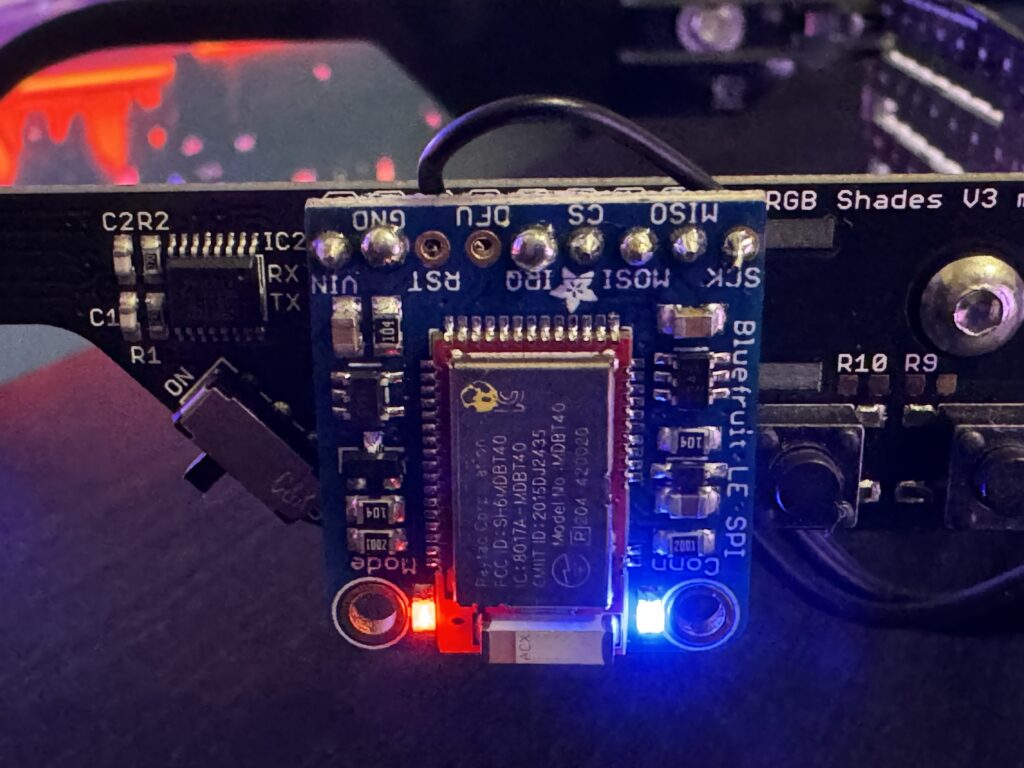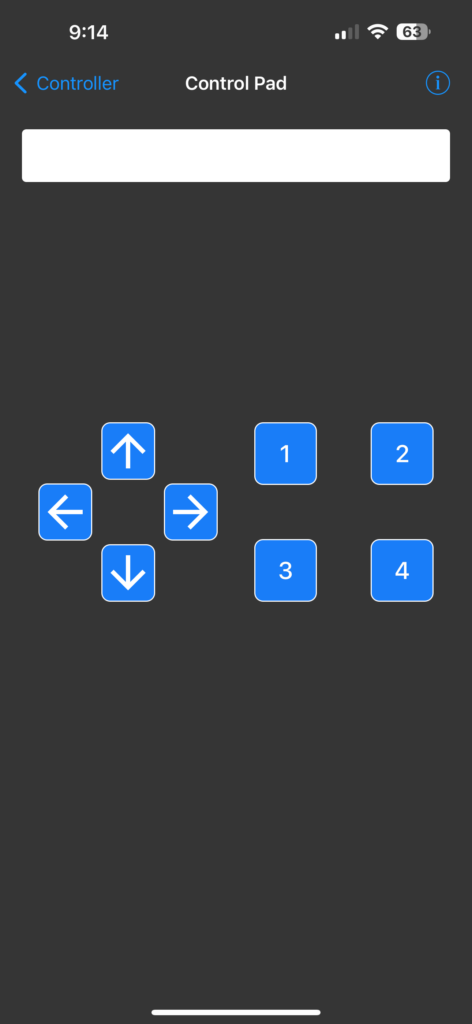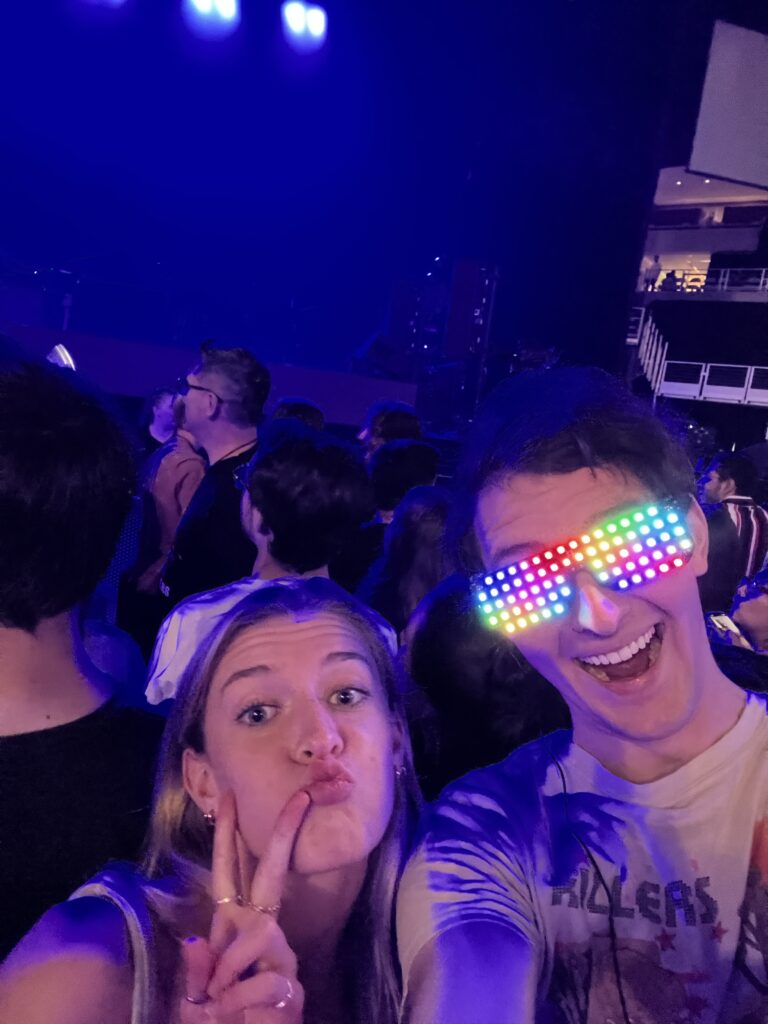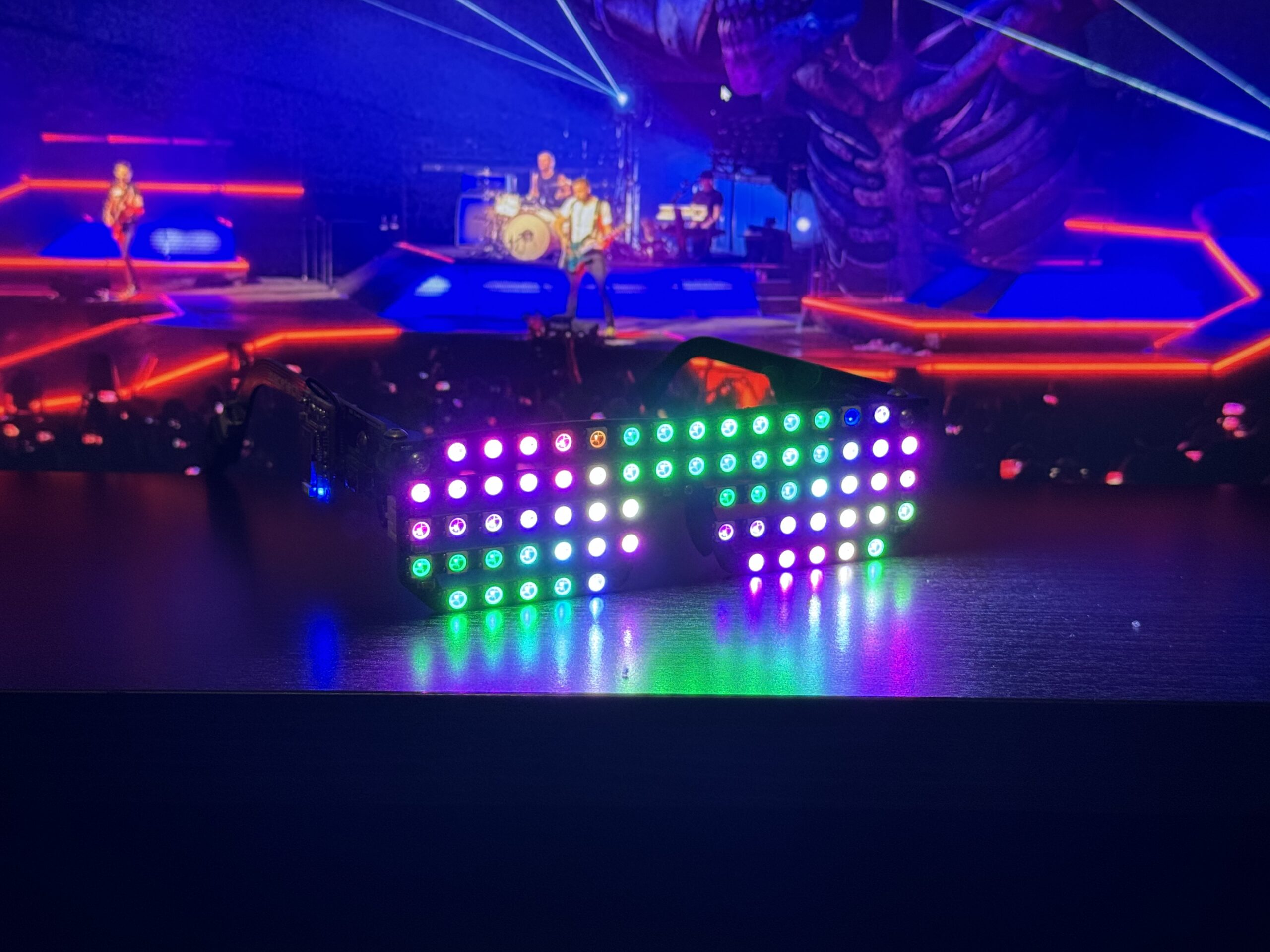Inspiration
A long-time fan of the band Muse, I’ve always loved their integration of the arts and technology throughout their songs and shows. In the past, they’ve featured iPads integrated into instruments, large pyrotechnic displays, and complex video displays as centerpieces of their performances.
With technology being at the forefront of their 2018 “Simulation Theory” tour, there were multiple set pieces and costumes throughout that continued this theme of artistic technology. Most prominently featured, though, were a pair of LED glasses worn by lead singer, Matt Bellamy. During the course of the performance, these glasses displayed a variety of effects and designs that integrated with the music and other elements on stage. Fascinated by the visual impact and design of these glasses, I wanted to create my own version that I could use for concerts and other events.
Hardware and Software
Following some initial research, I discovered that the glasses themselves were a ready-made kit produced by Macetech. Out of the box, they required only a small bit of assembly with a screwdriver and had several patterns to cycle through. However, the most interesting part of the device was the Arduino-based microcontroller included, which made adding accessories and custom firmware easy. Wishing to not only recreate some of the patterns in the show, but also enhance the functionality of the glasses, I decided to modify theme with enhanced connectivity and features.



In order to provide a more robust way of controlling the shades, I sourced and installed an Adafruit Bluefruit SPI board to some of the header pins on the side of the glasses. With this module, I was able to wirelessly interface with the glasses from a phone or computer. Furthermore, using Adafruit’s bluetooth app, I could easily send basic commands to and from a phone without the need of developing a bespoke application. Since the glasses also provided easily accessible power and ground rails, no additional hardware modifications were needed, meaning that all future functionality could be software-driven
The custom code for the glasses enables text commands to be input via a serial interface as well as simple joystick commands to change the effects. Furthermore, strings can be uploaded to the glasses, allowing custom messages to be quickly typed out and displayed. The final array of effects closely matched what was seen in Muse’s performances, as well as adding additional customization of color and functionality.
Future Iterations
As the glasses can now be controlled via a standard bluetooth protocol, designing new effects can be completely controlled with software. Additionally, due to the relatively low pixel count of the glasses, all effects could be easily streamed over a standard bluetooth connection, freeing up resources from the glasses and allowing more complex effects to be rendered on another device like a phone. Additionally, phone sensors, ranging from camera to microphones, could be used to dynamically adjust effects based on environmental factors, enabling experimentation without needing to install additional hardware to the glasses themselves.



